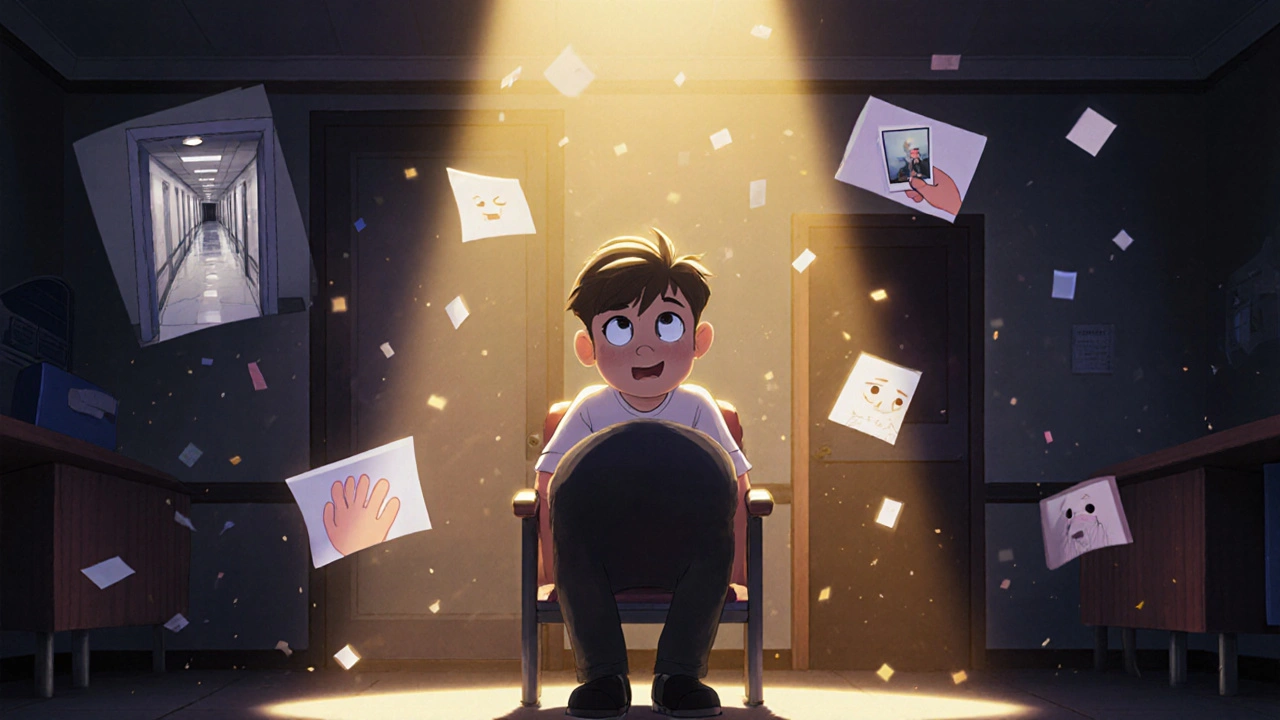Acting Technique: How Real Performances Shape Indie Films
When you feel a character’s pain, joy, or silence so deeply it stays with you long after the credits roll, that’s not luck—it’s acting technique, the deliberate methods actors use to build believable, emotionally grounded performances. Also known as performance craft, it’s what turns script lines into living moments—and indie films depend on it more than blockbusters ever could. Big studios often rely on star power or CGI to carry a film. But indie movies? They’ve got nothing but the actor’s face, voice, and presence. That’s why method acting, a process where actors live as their characters to access genuine emotion shows up so often in Scruffy City Film Fest selections. Think of a scene where someone cries without music, without close-ups, just raw stillness—that’s method acting in its purest form. It’s not about yelling or overacting. It’s about knowing how to hold a breath so the audience holds theirs too.
Behind every great indie performance is character development, the process of building a person’s history, fears, habits, and contradictions before a single line is spoken. You won’t find fancy backstory documents in most indie sets, but you’ll see actors scribbling notes on their palms, asking directors about their character’s favorite food, or walking around town in costume just to feel how the world reacts to them. That’s not eccentricity—it’s strategy. And when you watch a film like those featured here, you’re seeing the result: people who feel real because the actors made them real. emotional authenticity, the quality of a performance that resonates because it mirrors real human experience isn’t taught in a classroom. It’s practiced in quiet rooms, during long rehearsals, and in the spaces between takes when no one’s watching. That’s where the magic happens.
What you’ll find in the posts below isn’t a textbook on acting. It’s proof that the best performances don’t come from training alone—they come from truth. From actors who’ve lived in their roles long enough to forget they’re acting, to directors who know when to cut the script and let silence speak. These films don’t need big budgets. They just need someone who can make you believe they’ve been there. And that’s why acting technique isn’t just a tool—it’s the heartbeat of independent cinema. Keep reading. You’ll see what that looks like when it’s done right.
Crying on cue isn't about forcing tears-it's about accessing real emotion. Learn how actors create authentic tears using memory, physiology, and emotional truth, and why the industry is moving away from fake crying techniques.
View More

